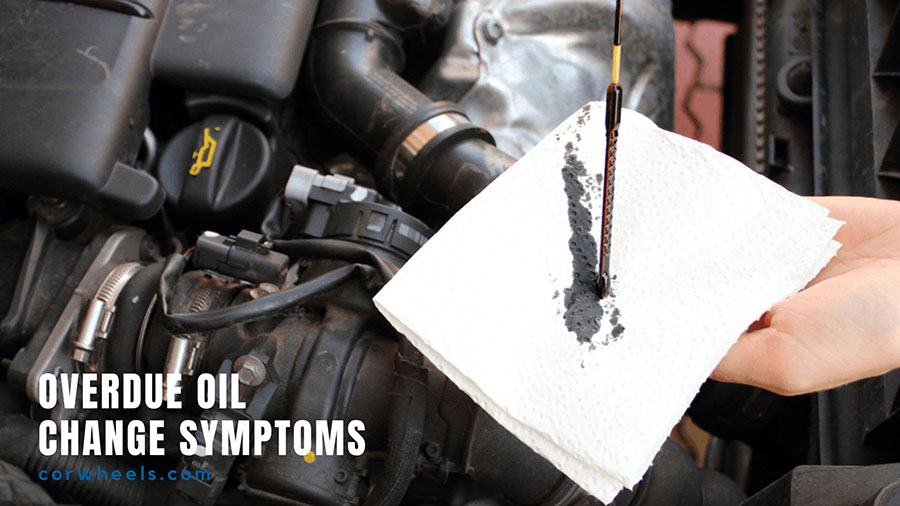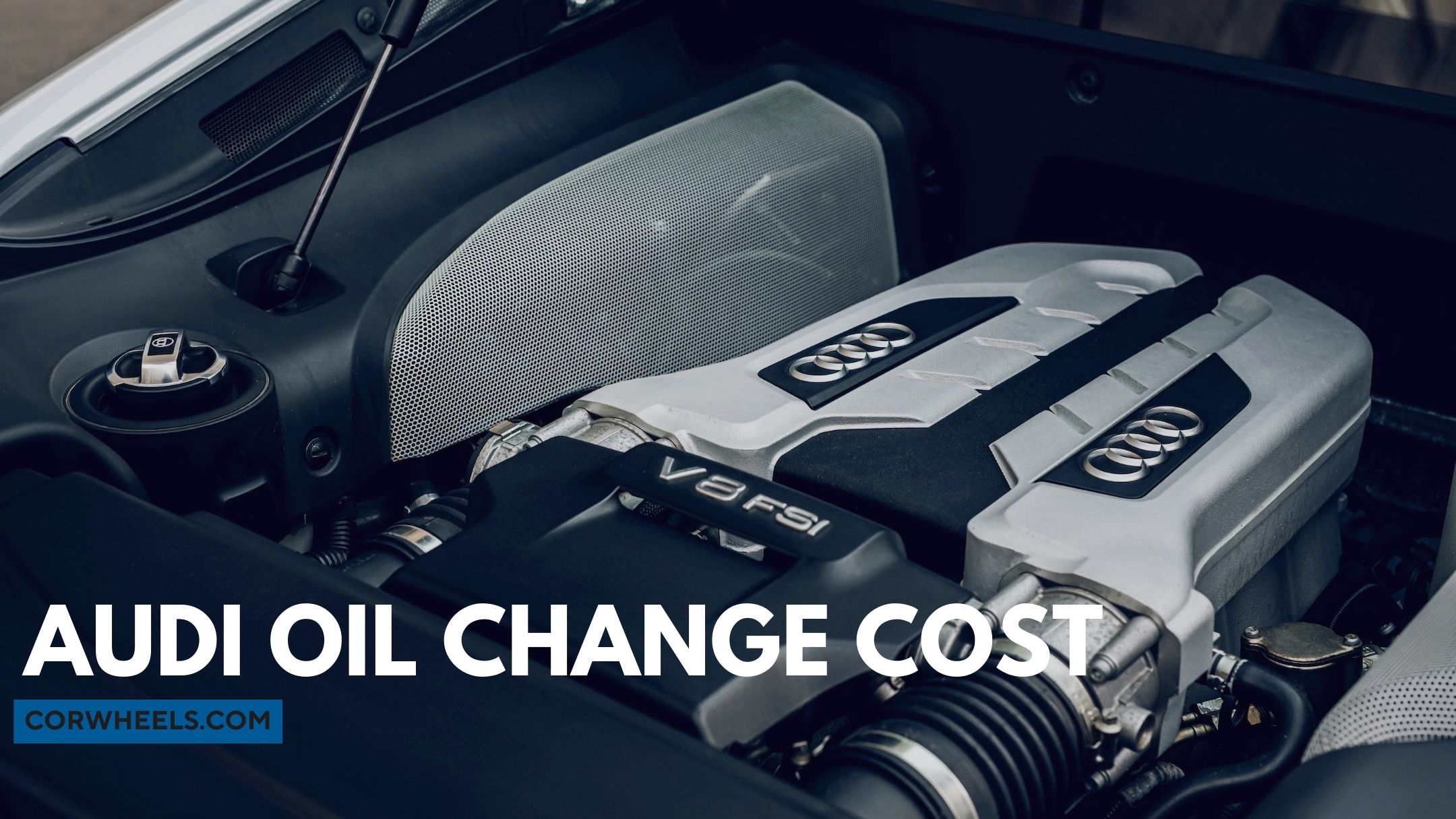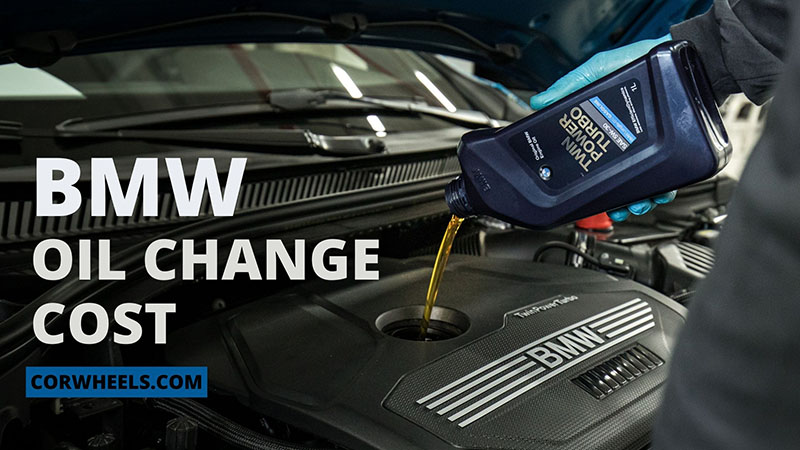Although oil changes are no longer as underestimated as they used to be, some beginners still stay alarmingly clueless about the right timing for these changes. As such, they fail to identify the telltale signs of old or deteriorated oil – and only bring the car to an auto shop when it is too late.
My guide, hopefully, can help you sidestep such deadly mistakes by delving into when you should get an oil change.
In this article:
When You Need An Oil Change? – The 11 Overdue Symptoms
The signs you need an oil change: unusually loud noises, dirty/dark oil, burning oil smell, bad fuel economy, overheating, black exhaust fumes, hard starter, dashboard warning lights, shifting hesitations, and car stalls.
If you cannot even remember the most recent oil change, that’s a sign, too.
1. Unusual Noises
Loud, weird engine noises are among the first common symptoms to pay attention to. As the old engine oil drips into the car’s moving parts, friction between them will experience a significant surge, resulting in worsening screeching sounds.
The knocking sounds only grow more thunderous during acceleration. And no, do not just ignore them in the hope that they will magically disappear; as long as the engine stays unlubricated, the noises will drone on forever.
2. Dirty or Dark Oil
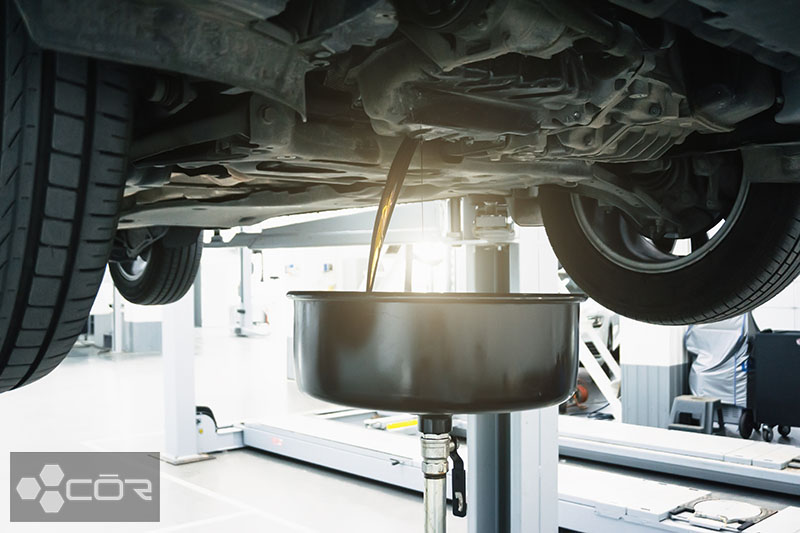
Every car needs clean, fresh oil to swipe deposits and surges away from the engine. Dirty or dark oil, of course, cannot do such tasks; rather, it only adds even more dirt to the tank.
As the grime and dirt keep building up, they will cause serious overheating issues, which, one day, will destroy the automobile and engine performance.
To confirm the oil’s condition, dip a dipstick into the oil and inspect the color. Gritty brown or black certainly cannot mean something good.
3. Burning Smell

Another notable symptom one should never ignore is the strong, burnt oil odors from the car’s internal parts. That is because the old oil drips onto the hottest part of your engine, expanded further by the air volume to cause the horrible smell.
Engine overheating and excessive high-temperature exposure also contribute to the burning odor. The fact that your car has stooped to that level means your oil changes have been too overdue; fix that oversight as soon as you can before the car is completely wrecked.
4. Bad Fuel Economy

We all agree that bad fuel economy can stem from numerous reasons – not just old oil. Still, there’s no reason to cross overdue oil changes from the consideration list.
The root cause is easy to figure out, even for beginners: since the oils are too old, your engine must utilize extra power/energy to keep up with its old days – hence more fuel consumption than usual.
5. Overheating
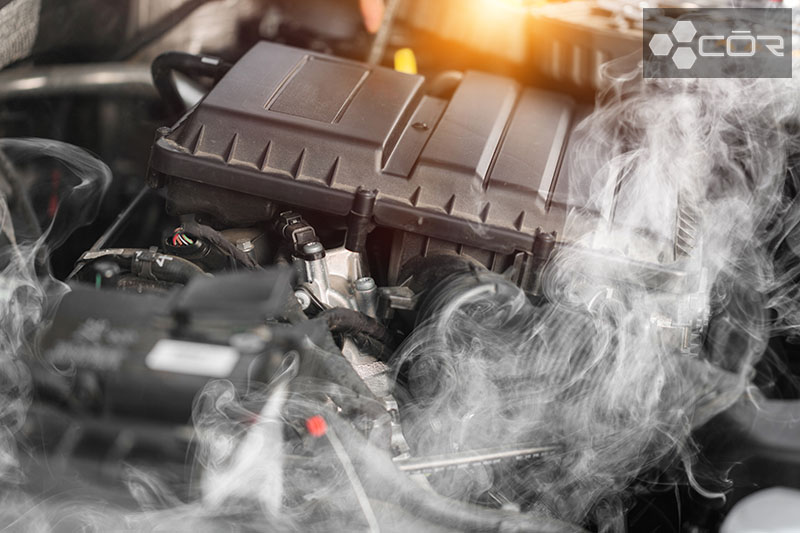
As foreshadowed in the previous sections, overheating is to be expected if you let the oil sit in the tank for too long. Not only will it damper the car’s engine and performance, but accidents and road collisions will also hover over your head.
Aside from overheating, you may notice the top oils seem to get thinner, too – the result of too-high temperatures.
6. Black Exhaust Pipe Fumes
Exhaust fumes/ gaseous air emitted from the engine pipe are not usually tainted or dark. So if you realize they come out extremely dirty and blackish one day, that’s a warning sign.
The oil must have broken down beyond expectation, and it’s time you changed it right away.
7. Hard Starter
Needless to say, oil serves as the engine’s “blood” – the way our blood circulates throughout our body. So when this “blood” is drained, the car will struggle to activate other “body parts” or functions, which is evident in its hard starting.
Hence, I suggest changing the oil immediately if your car is difficult to start (or starts roughly). And once you have done so, do not forget to check other parts of the fuel systems for possible defects, such as the carburetors, injectors, and other small fuel-system machinery.
Don’t turn a blind eye to this red flag thinking that it’s the ignition switch or the starter is to blame. I once fell into that pitfall when my Nissan Altima started out quite rough and didn’t realize the need for oil change until my car stalled on the way – another sign that I will explain below.
8. Dashboard Warning Lights/ Oil Change Light
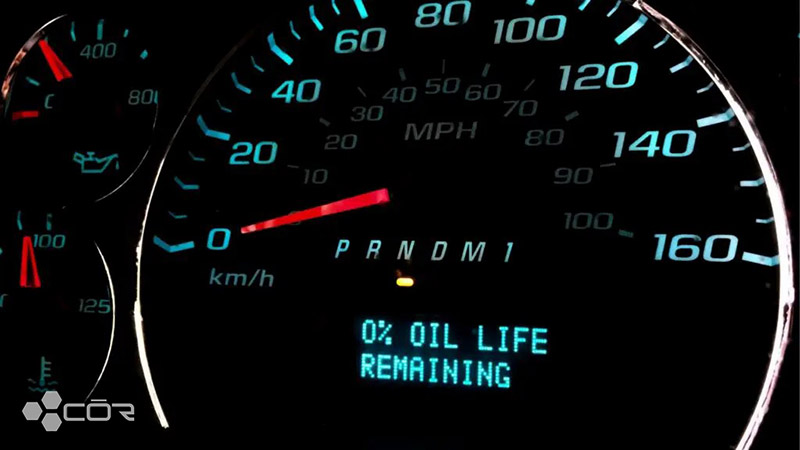
Some modern vehicles incorporate computers and sensors that send warning messages when oil changes are overdue. When the oil light is activated on the dashboard, it’s not hard to figure out what it implies.
In more serious cases, other follow-up lights, such as transmission lights, battery lights, check engine light, etc., will also flash along with the oil condition light. Ignoring them to keep driving would be the most foolish move; it’s like you invite yourself to the hole of doom.
9. Shifting Hesitations
Automatic automobiles with high-quality oil should not experience any issues while shifting gears. Signals of gear hesitance, therefore, clearly indicate the need for new oil or oil filters! If you let the situation linger for too long, the car might even fail to start.
10. Car Stalling
It’s hard to tell with car stalling; the problem might either be very small (ex: clogged oil filters) or so scandalous that technicians may ask you to change the entire oil tank.
In both scenarios, one thing is for certain: you have to take the car to an automobile shop right away.
11. You Cannot Even Remember Your Most Recent Oil Change
Ask yourself when was the last time you had these oils changed. If the time and year seem blurry in your mind, that’s more than enough of a cue to flee to an oil station or car shop immediately.
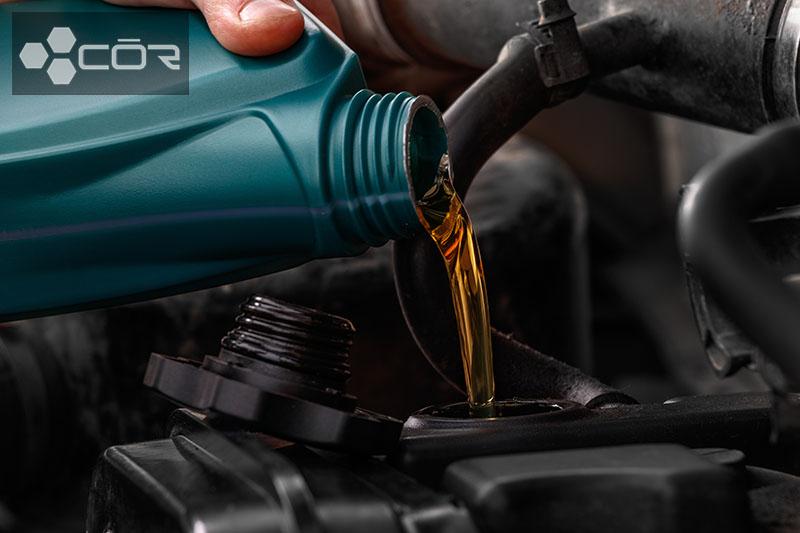
To avoid similar issues in the future, always put an oil change reminder in your car and keep track of the oil change intervals.
How Long Does An Oil Change Take?
High-quality automobile chains can easily have it done in 30 to 45 minutes. The overall process is also straightforward: draining out old oil, changing the filter, then pumping new oils into your engines.
If the change lasts longer than necessary, several brands (like Toyota) even offer you free beverages and snacks to kill time.
Once done, you may ask the technicians to inspect other car fluids, too, such as windshield washer fluids, brake fluids, coolants, etc. – and replace them if necessary.
Should I Fill Up My Gas Before An Oil Change?
Yes, it is the best way to keep moisture buildup and internal rust from the engine/gas tank. You do not have to pay too much attention to this if the oil change is done at auto shops. However, if you are among the DIY community, this tip must be at the top of your list.
When your gas tanks are empty/low, they face higher risks of formulated condensation, which only worsens after new oil is put in. That’s why I suggest keeping them full all the time to leave no room or air space for moisture, which helps the oil system maintain better integrity.
Is It Okay To Change Engine Oil Level Once A Year With Low Gas Mileage?
Yes. Even if you barely take the car outside your house, the rule of thumb is still to change the oil at least once per year. Do not forget that unused oil still has an expiration date and will break down over time due to dirt, grime, and temperature.
Letting it sit forever inside the tank is the quickest and most silent way to kill your precious car.
Conclusion
This guide has listed out 11 common signs your car needs an oil change. They are, thankfully, pretty easy to recognize, so always inspect your car at least once a month or pay closer attention to it during your trip.
Still feel stuck with the oil and engine damage? Write to me for more advice.

